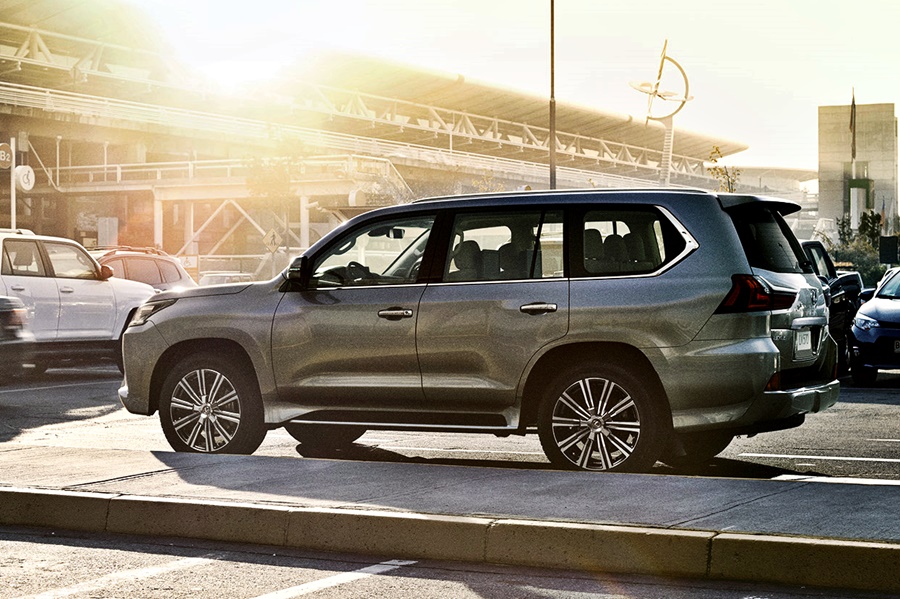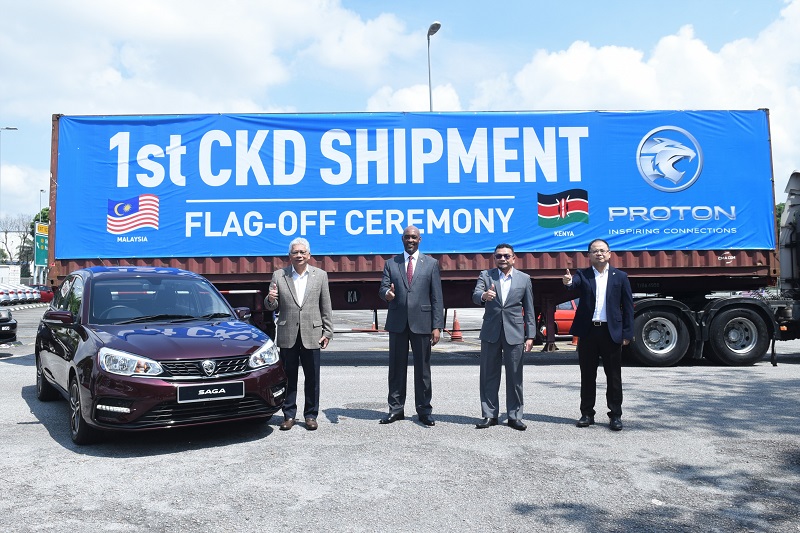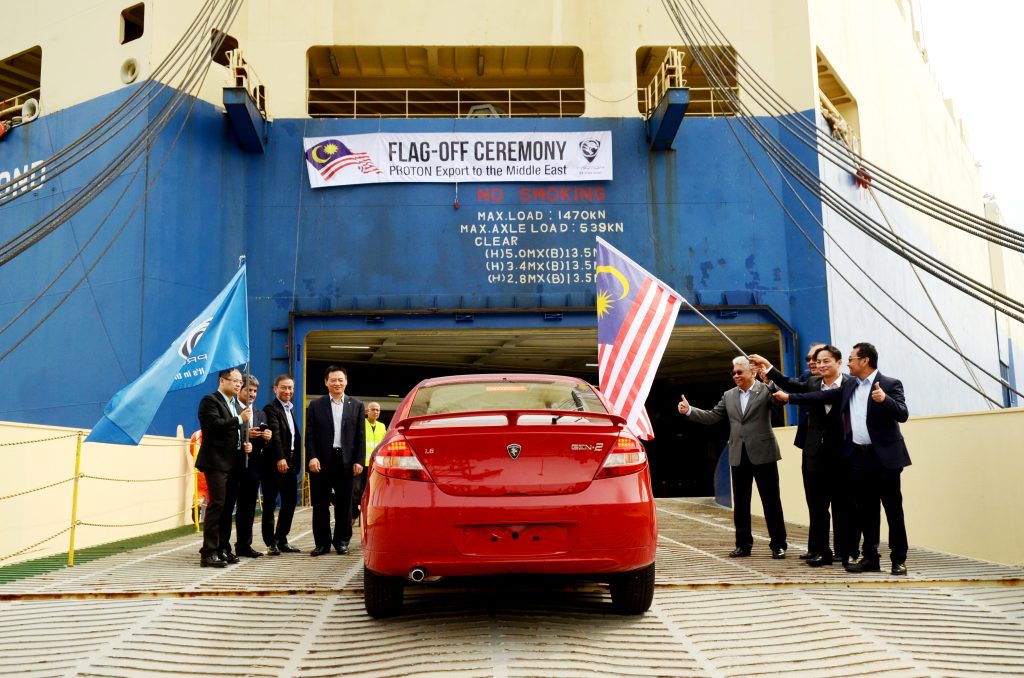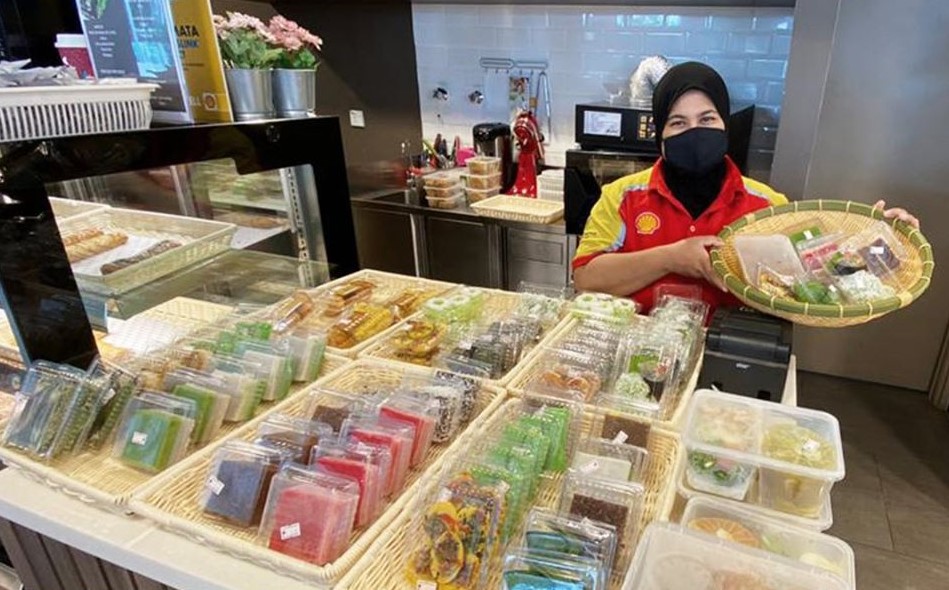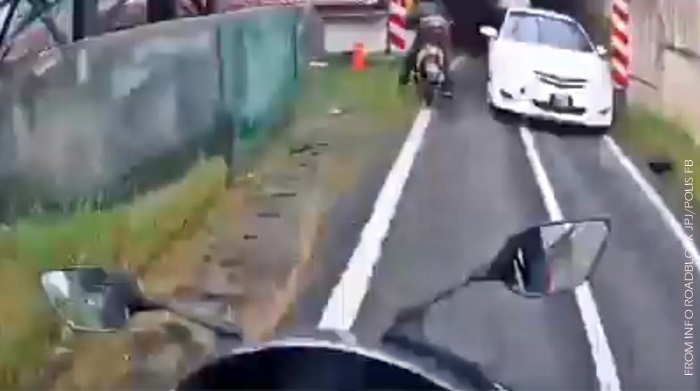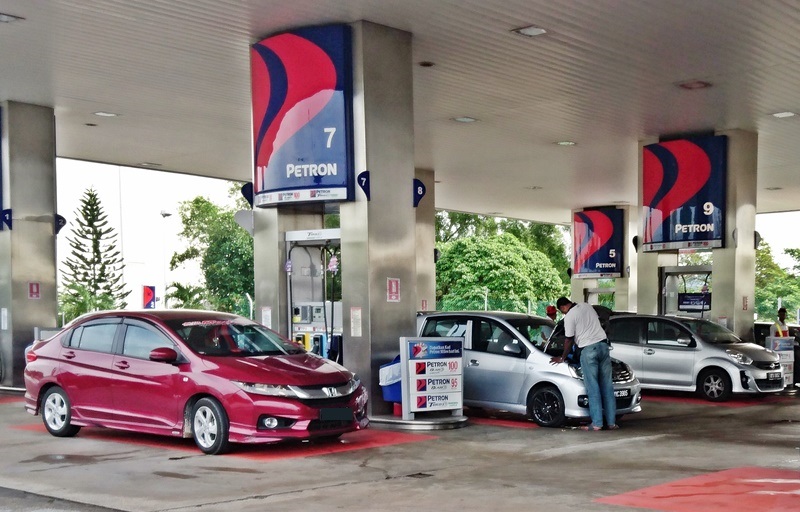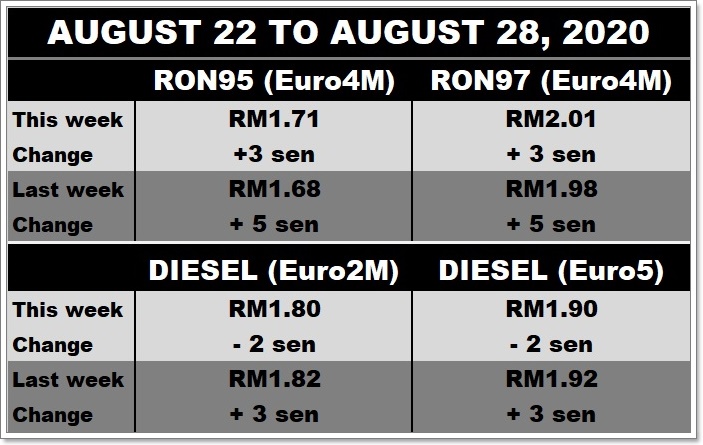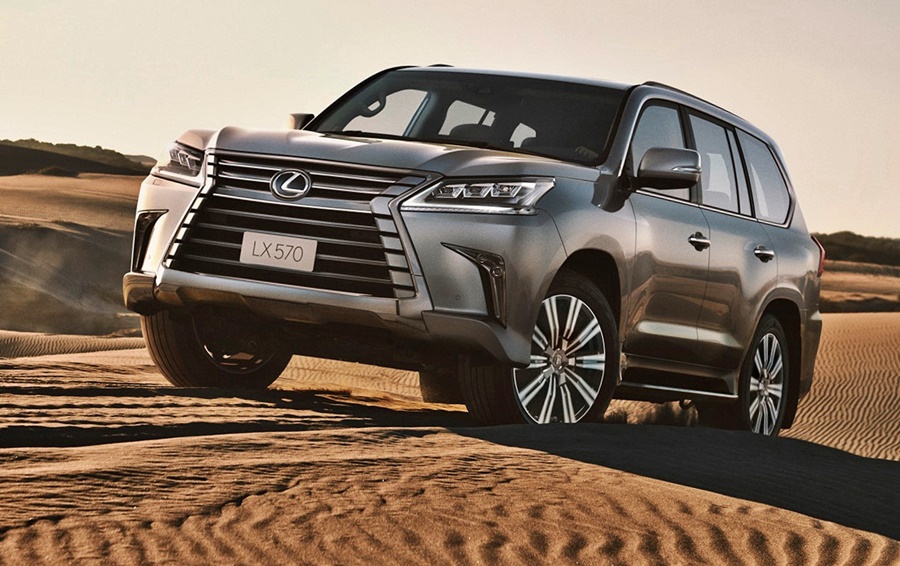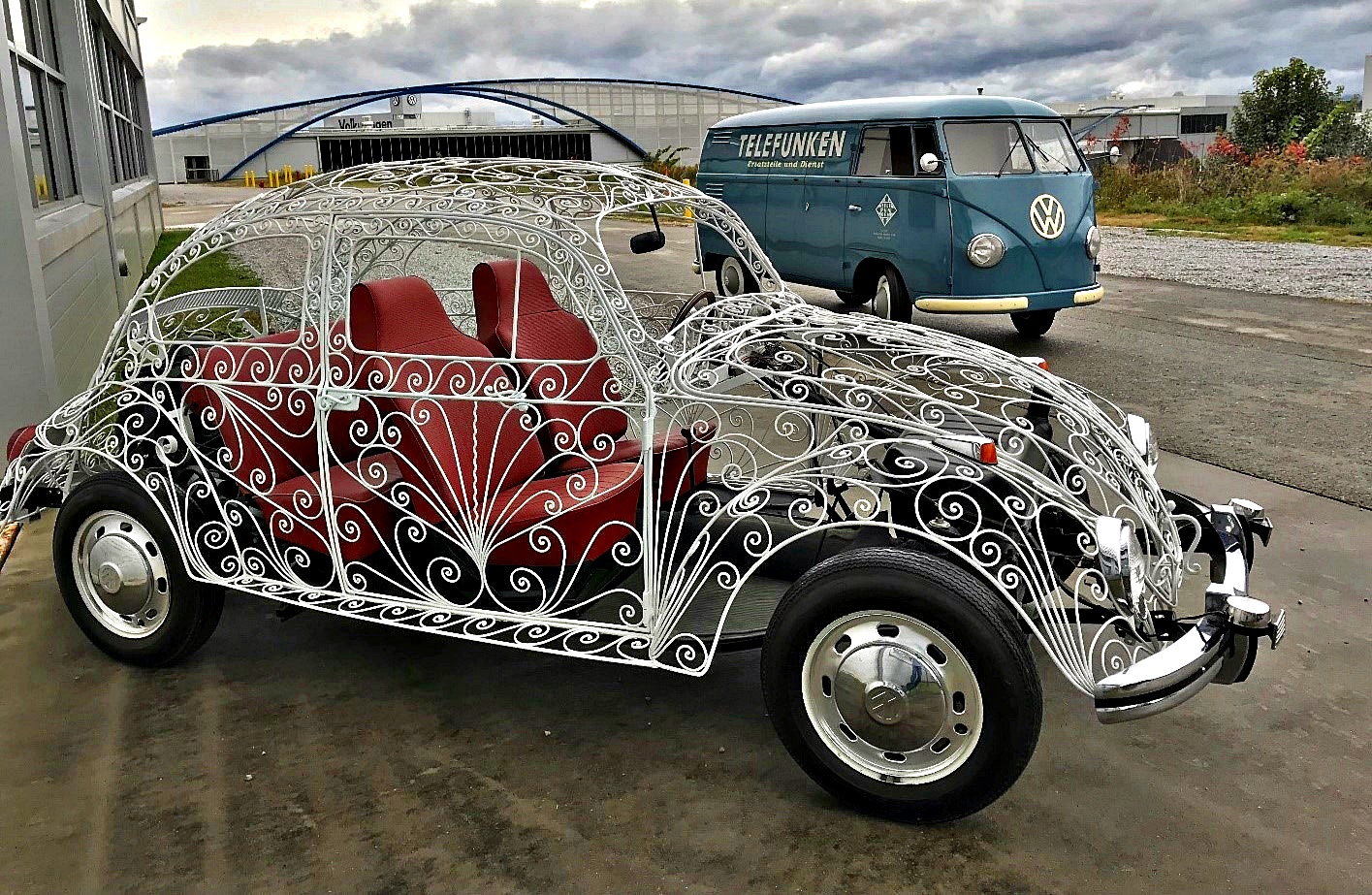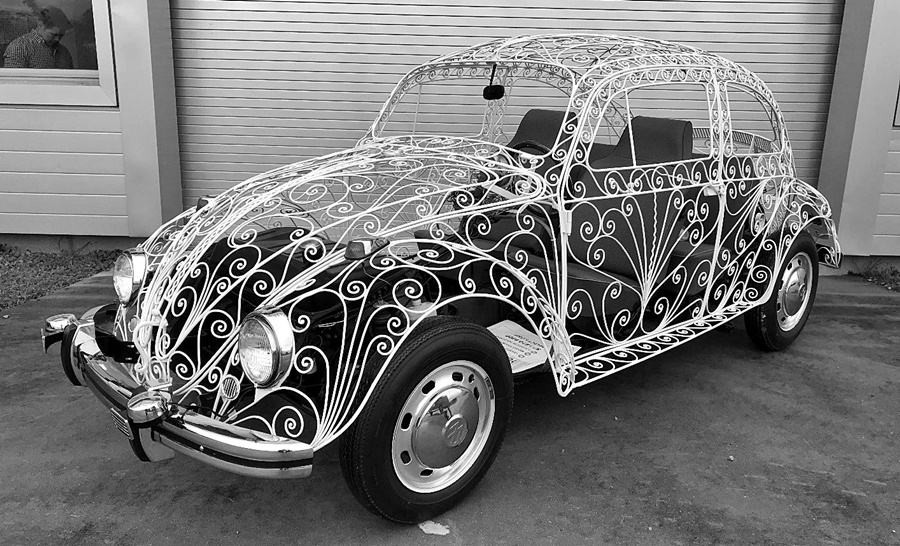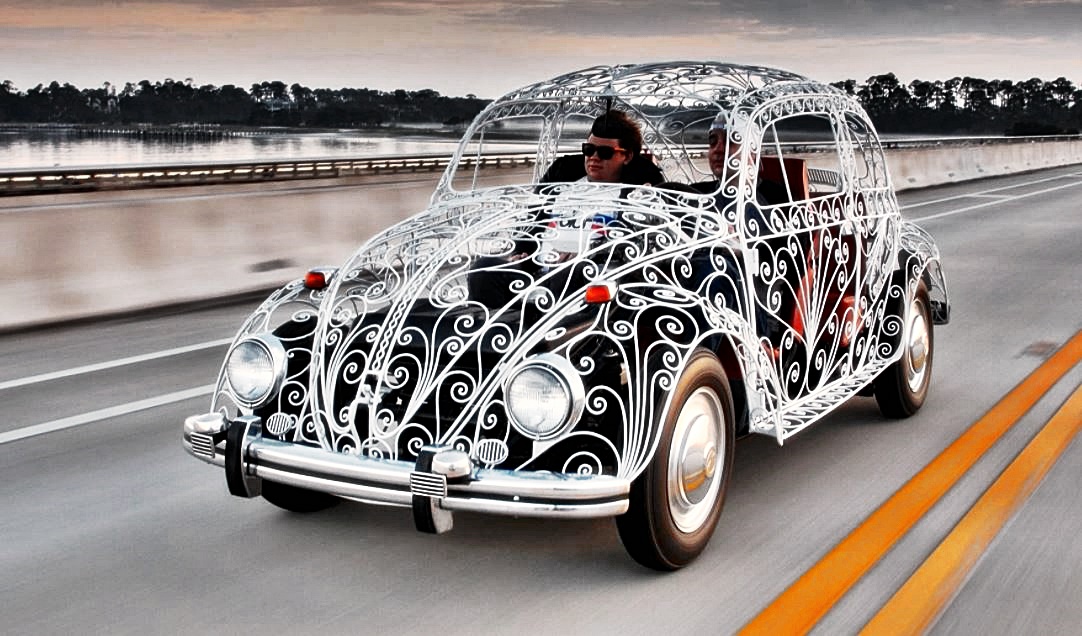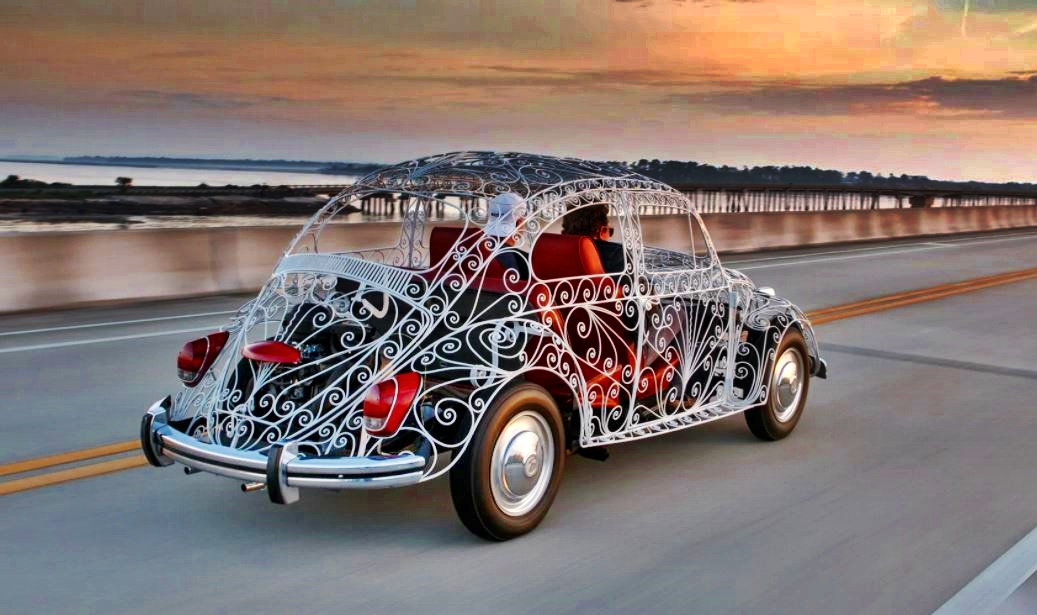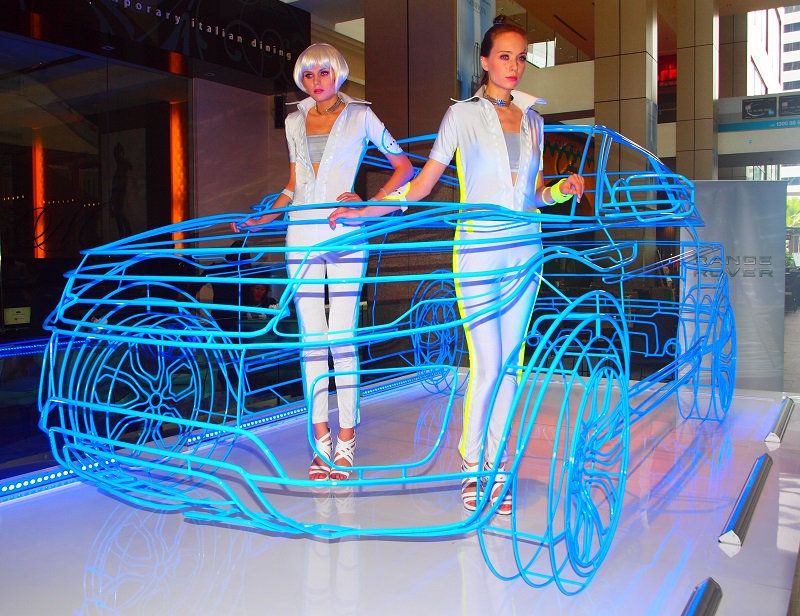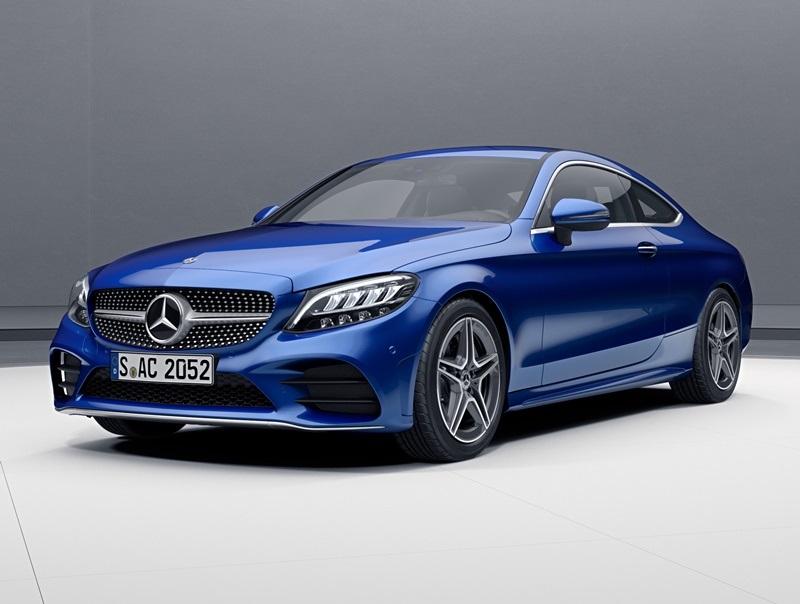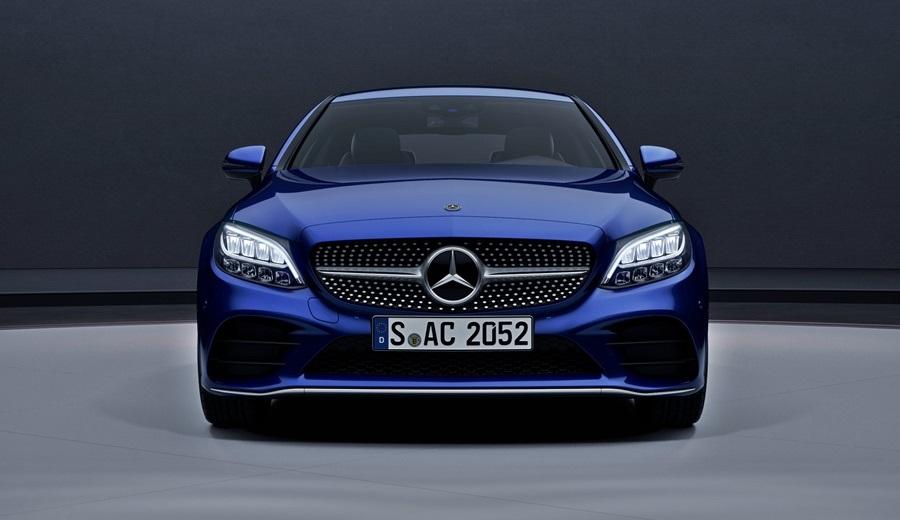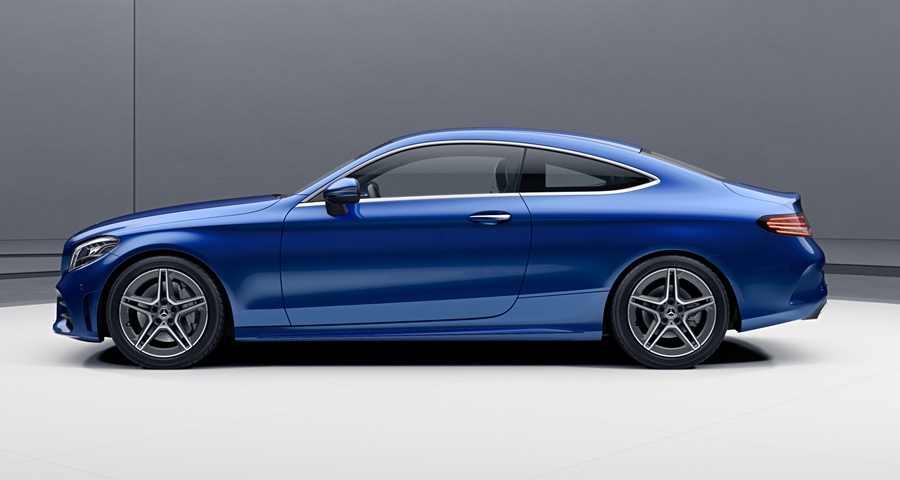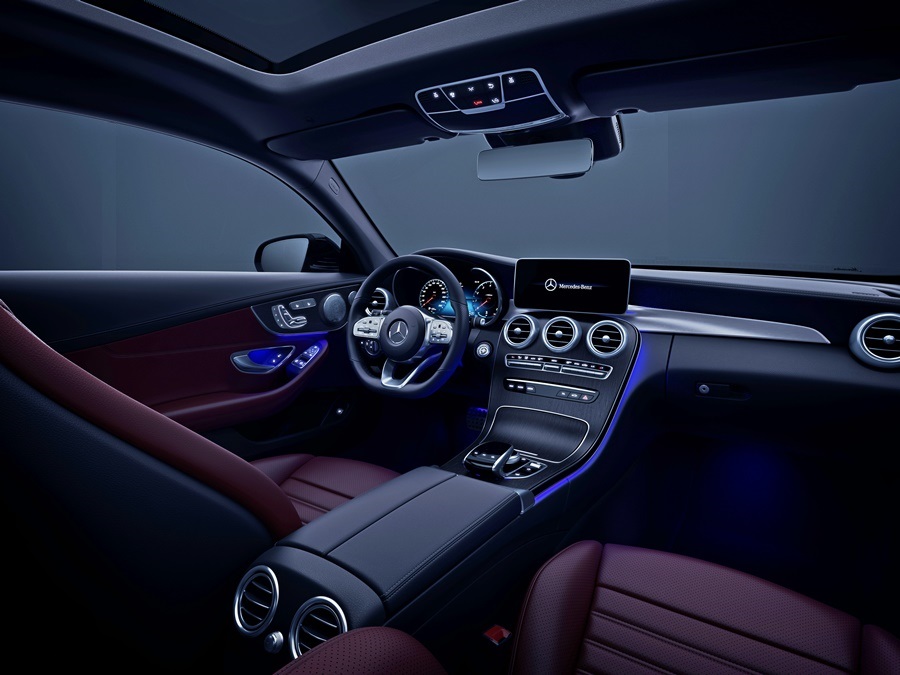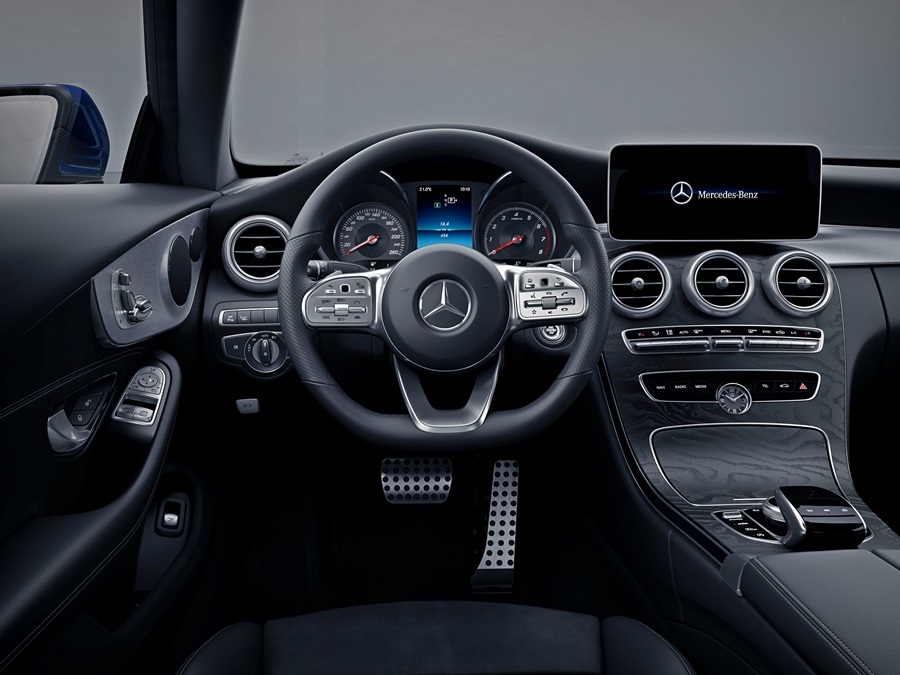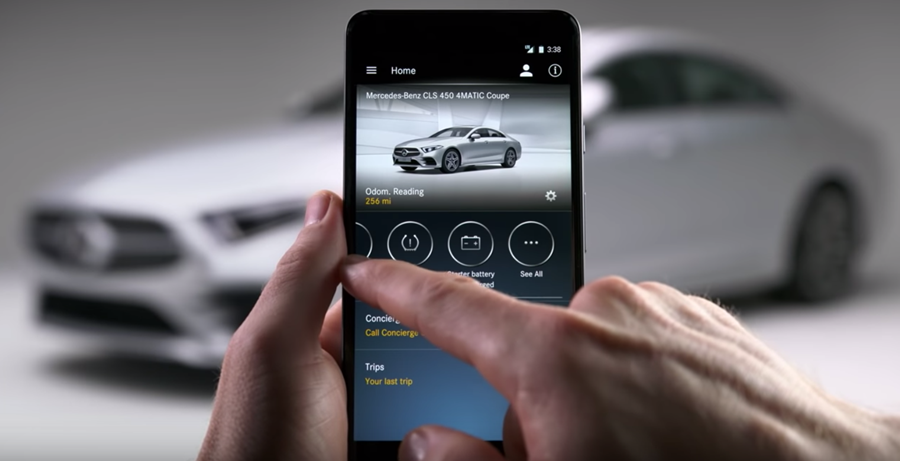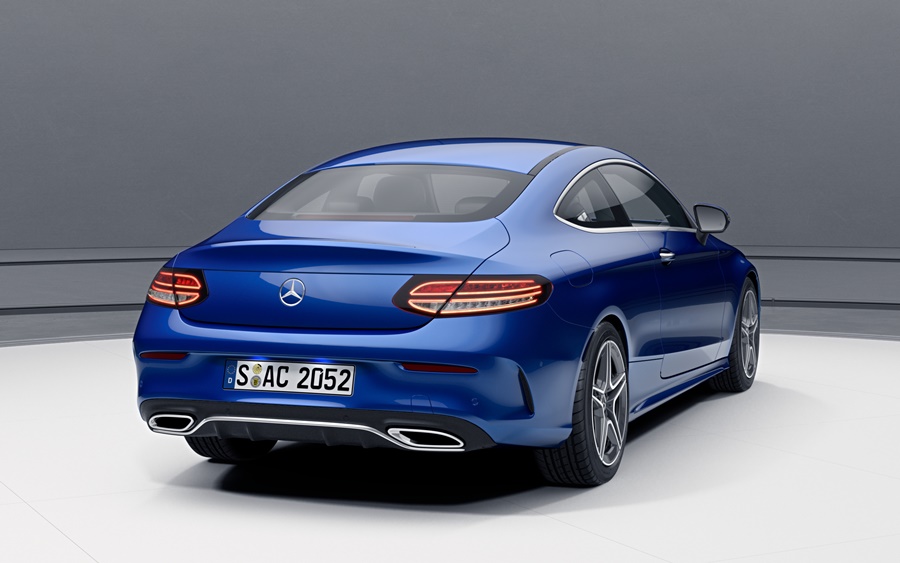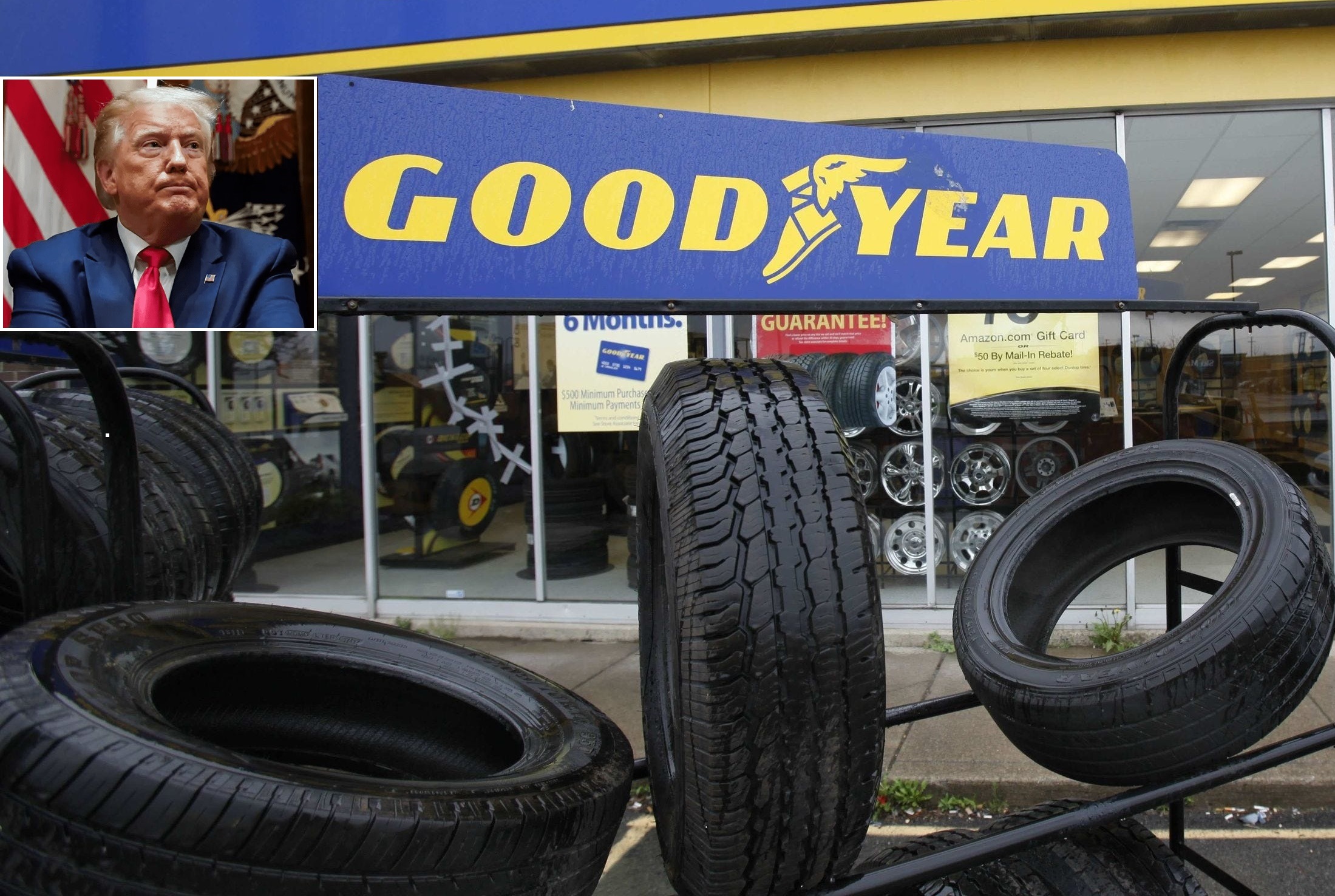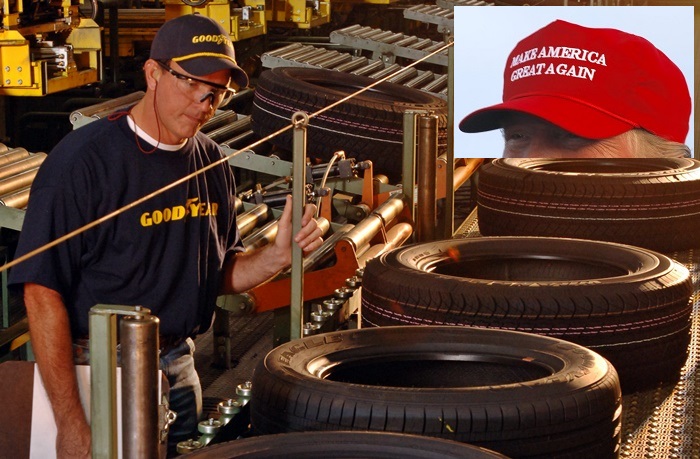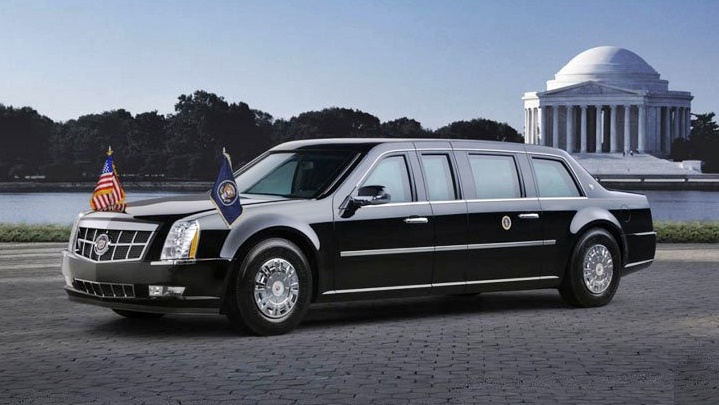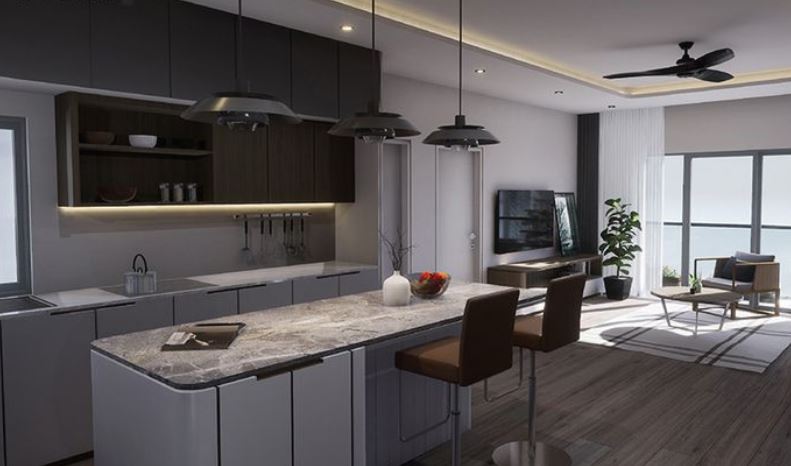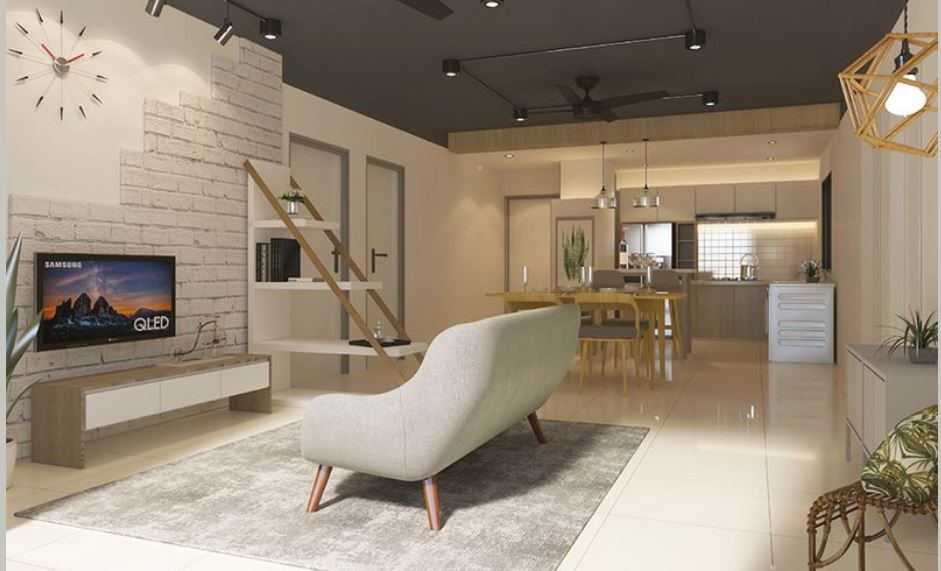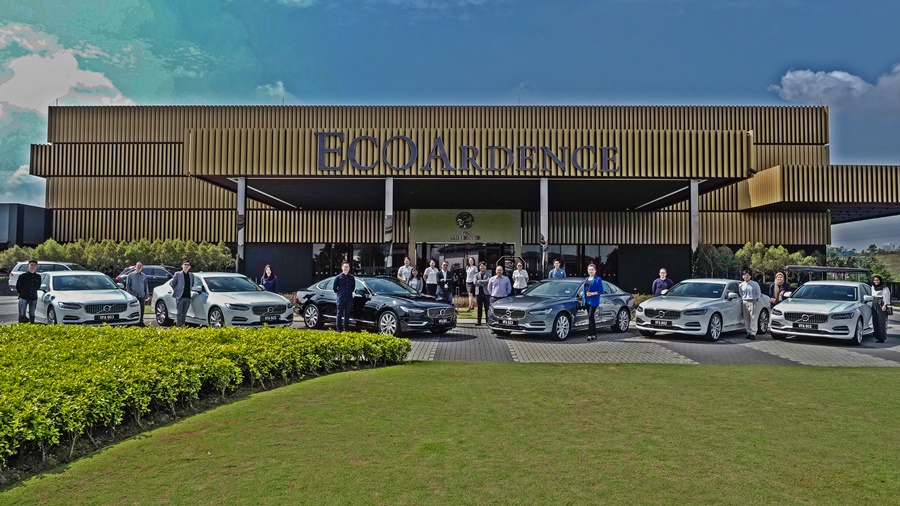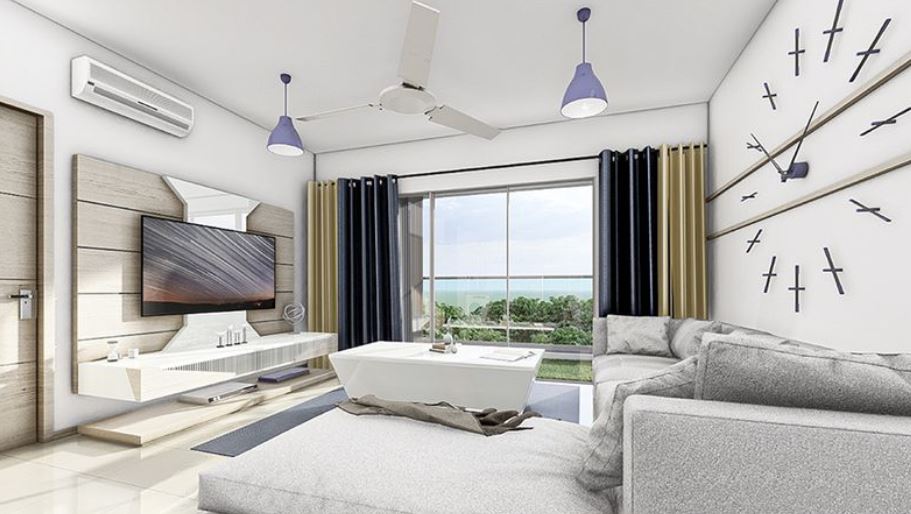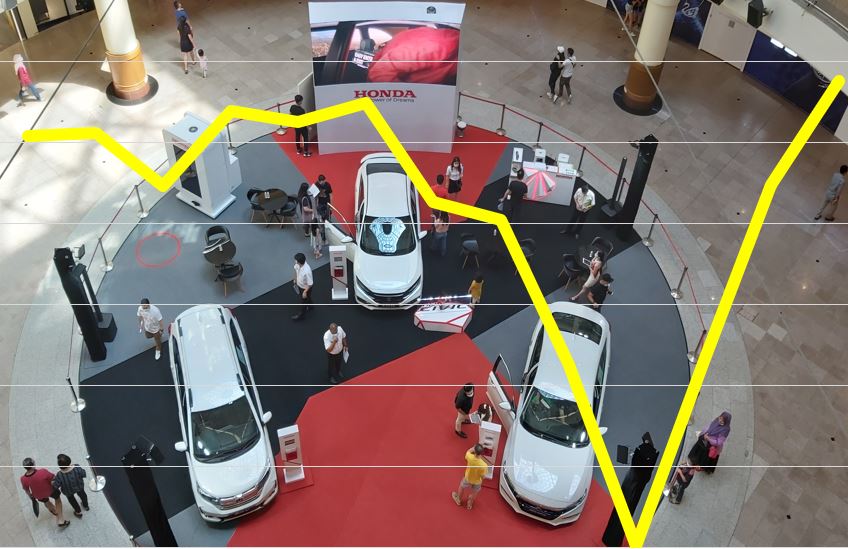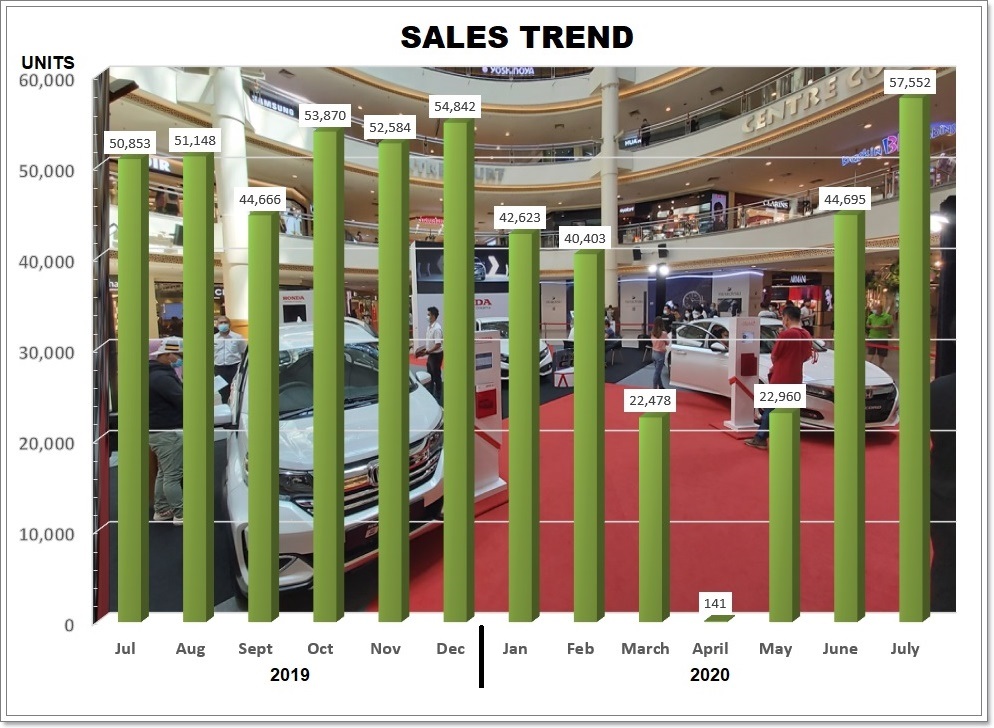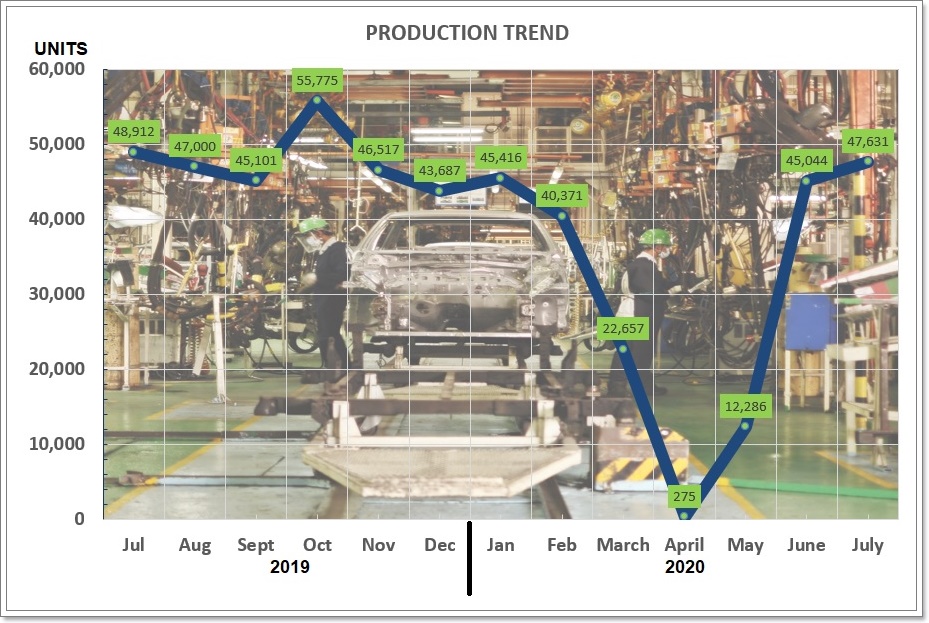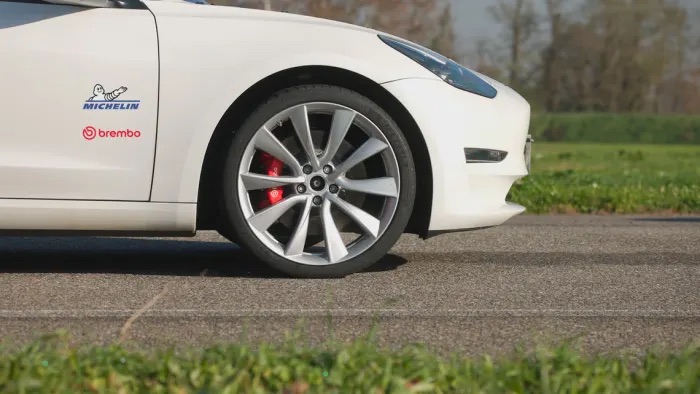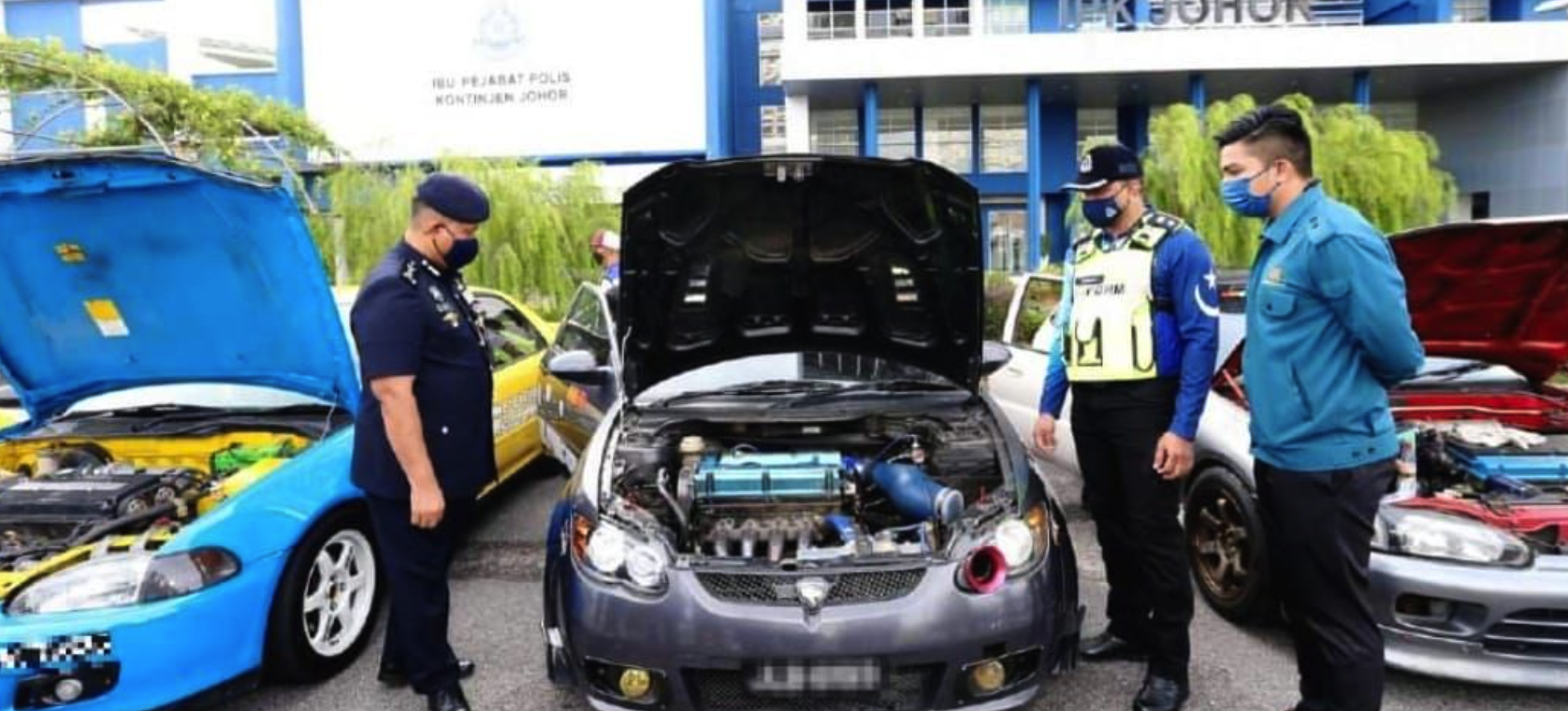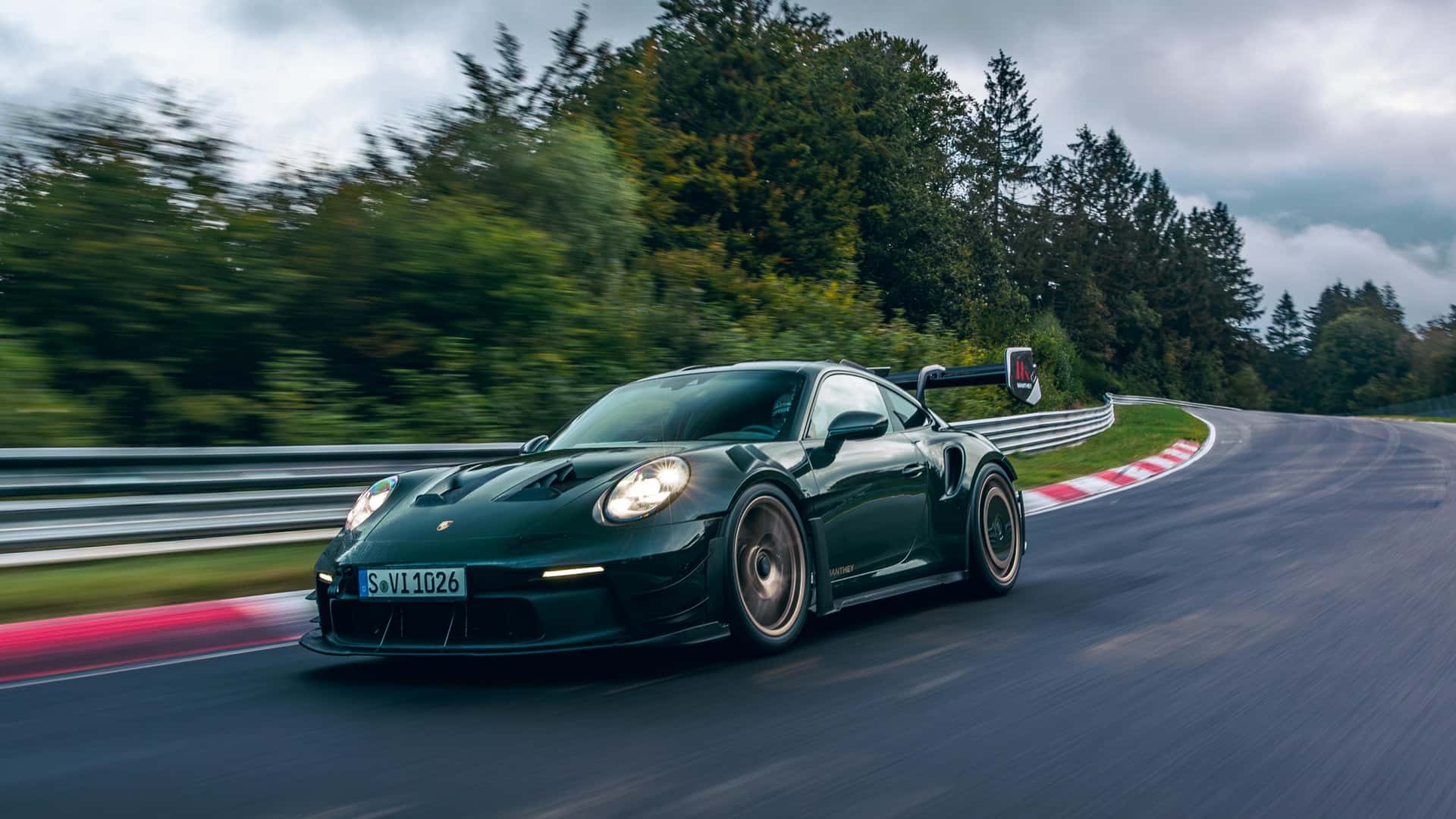
Lexus, like most carmakers, saw the SUV trend surging upwards in the 1990s and to quickly have a representative in the growing segment, it introduced the LX in 1995. Largely adapted from the Toyota Land Cruiser, a well-proven model, the LX had all the qualities of a Lexus, especially luxury, and also off-road capability.
Meanwhile, Lexus was also developing an entirely new SUV which, like the Toyota RAV4, would start a new segment almost overnight. It was the RX and it introduced the premium SUV and other premium manufacturers would quickly follow.
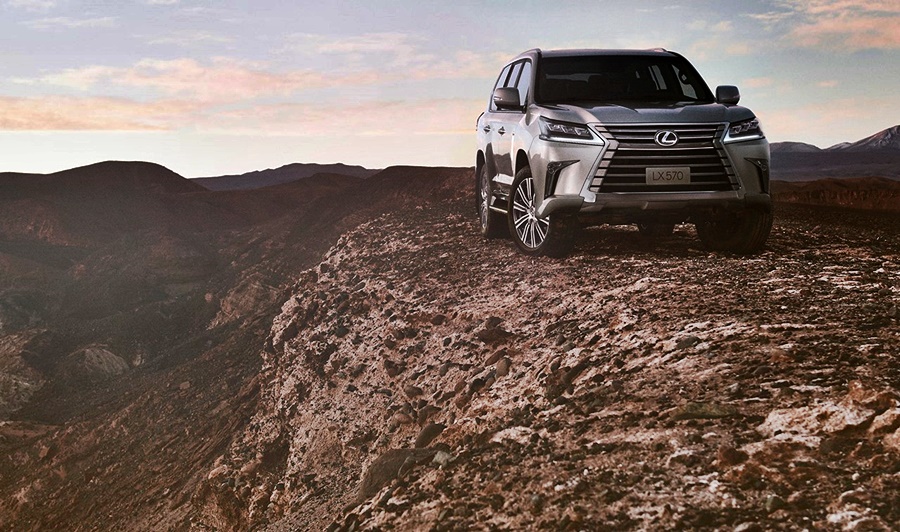
However, the LX remained as part of the Lexus range, continuously being improved and refined. Lexus has found there were still customers who wanted larger SUVs with up to three rows of seating, and the LX was an ideal product to offer.
“The Lexus LX 570 raises the level of sophistication of a very competent platform, ensuring that each journey you take, you remain ensconced in the pinnacle of automotive engineering. The Lexus logo on the characteristic spindle grille ensures you arrive in fashionable comfort and elegance,” said the Deputy Chairman of Lexus Malaysia, Akio Takeyama.
The third generation of the LX has been part of the Lexus SUV range in Malaysia since 2015, complementing the RX, NX and more recently, the UX. For 2020, the model has received updates and an additional variant – the LX 570 Sport – is also available. Prices are expected to start from RM1,225,883 (excluding insurance with sales tax exemption applicable until the end of 2020) and bookings for the new model are now being accepted at all 6 authorised Lexus Centres nationwide.
Cosmetic updates
The LX570 has a clear brand identification with its spindle grille, appropriately sized to match the traditional SUV form. Measuring 5 metres in length and almost 2 metres in width, it is obviously a large vehicle and the engineers have done whatever is possible for aerodynamic efficiency.
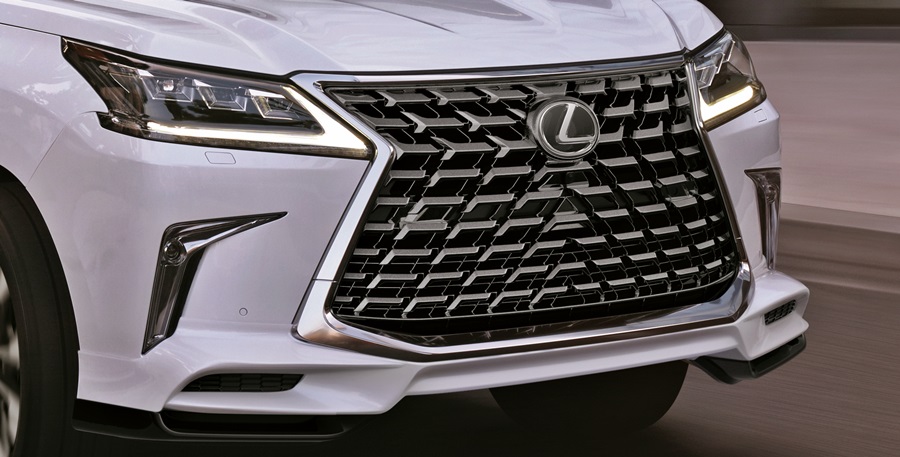
For 2020, the turn signals glancing the LED headlights now have sequential illumination, a feature usually found on premium models. When activated, the driver’s intentions are more clearly relayed rather than just flashing amber lights.
Customers have a choice of exterior colours that now include Terrane Khaki Mica Metallic. The interior colours of Garnet, Sun Flare Brown and Ocher are used according to the choice of exterior colour.
LX570 Sport
The LX570 Sport has sportier bumpers and the spindle grille gets a different L-shaped block mesh design. Its 21-inch forged rims are also exclusively styled with a more open pattern for a sportier look.
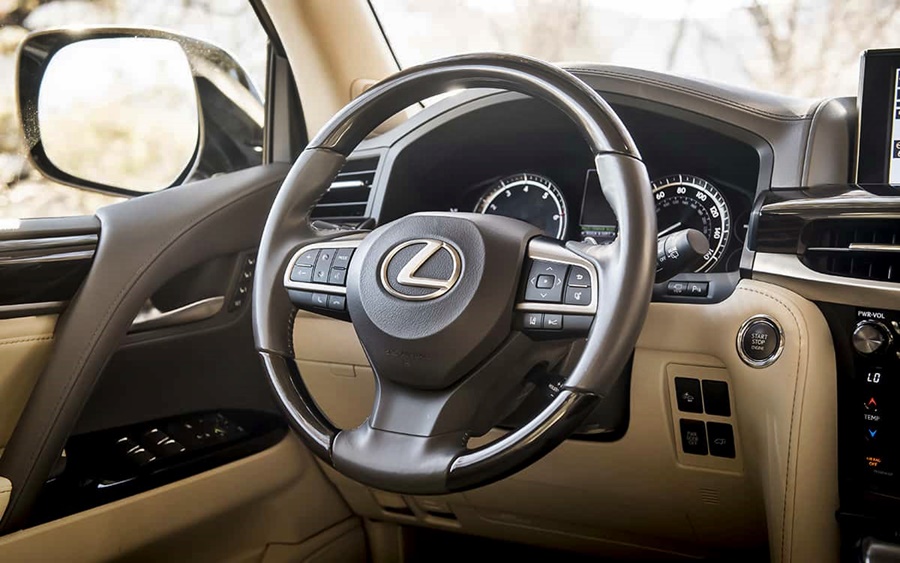
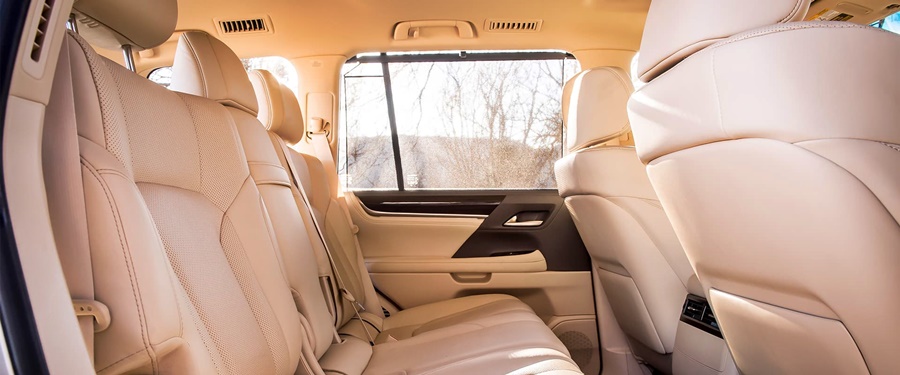
Inside, the Lexus LX 570 Sport also gets an exclusive illuminated scuff plate, aluminium sports pedals with rubber inserts and door courtesy lamps with logo projection.
Biggest Lexus engine
The 3UR-FE engine is similar for the LX 570 and LX570 Sport. At 5.7 litres, it is the largest engine in the Lexus range and has a V8 configuration with advanced Dual Variable Valve Timing with intelligence (Dual VVT-i). At its peak output, the engine generates 362 bhp with 530 Nm of torque and can reach up to 210 km/h, it is claimed.
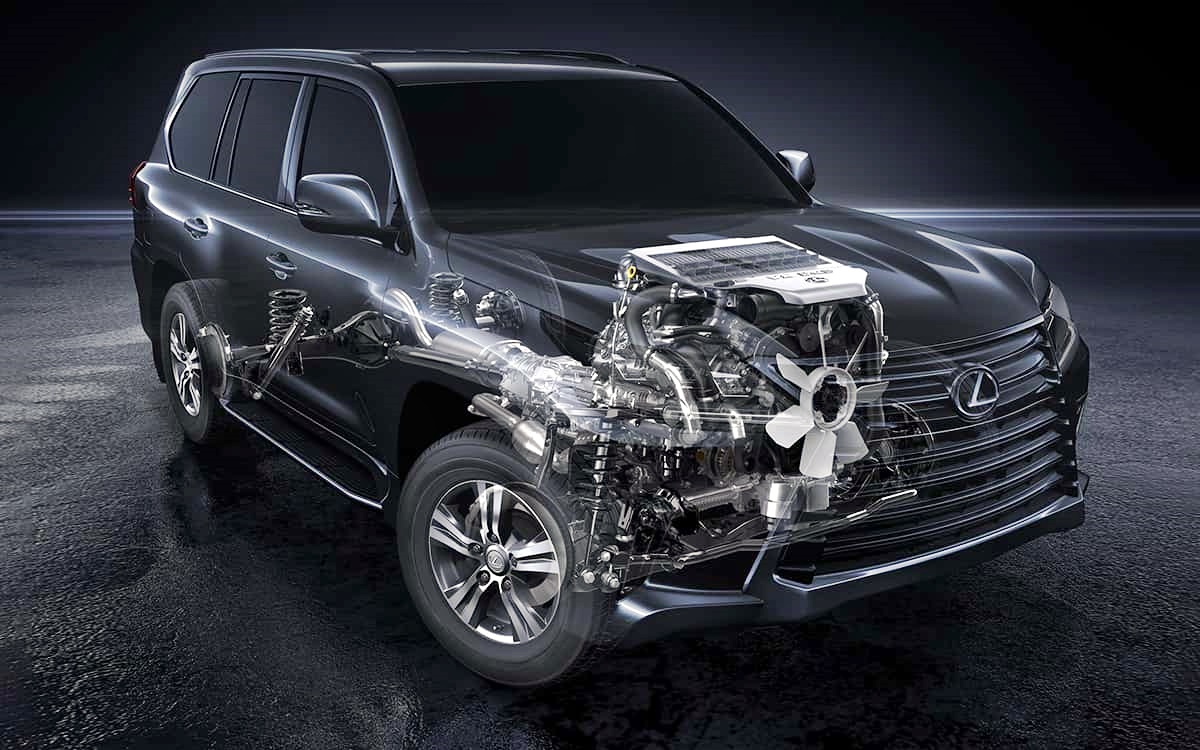
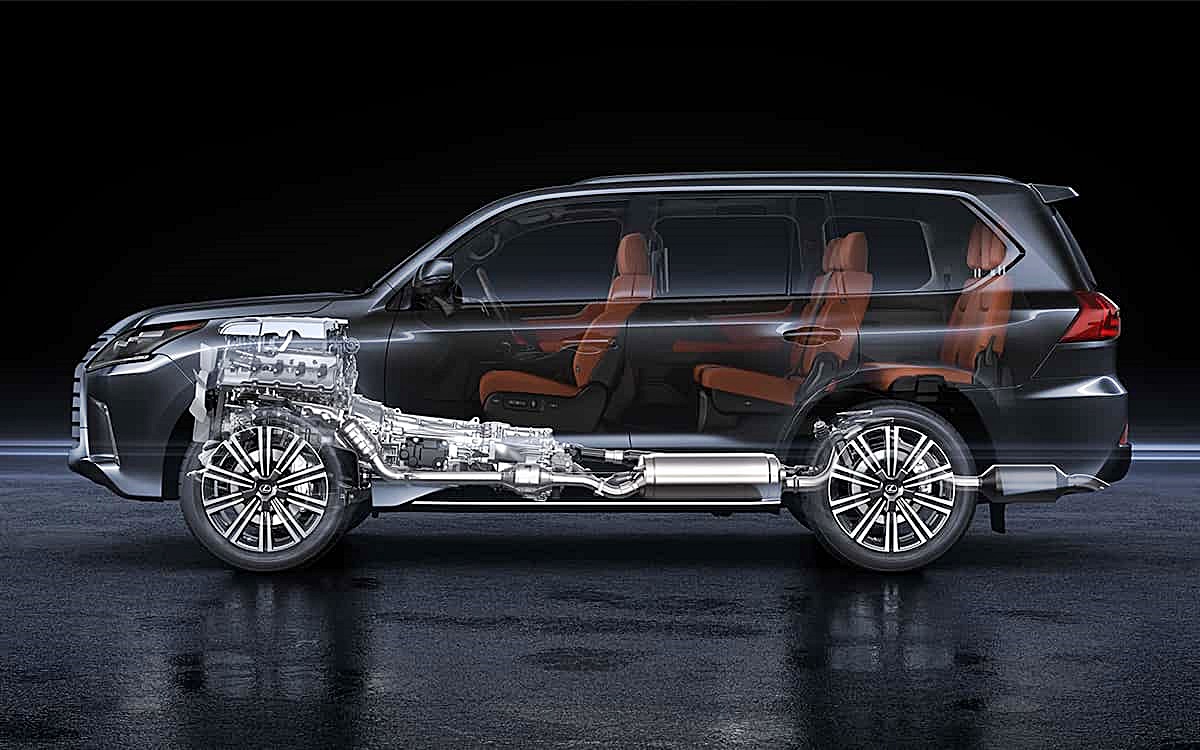
The engine is mated to an 8-speed automatic transmission which delivers power to all 4 wheels via a robust 4×4 system. The driver has a choice of up to 6 driving modes to suit personal preference or driving conditions.
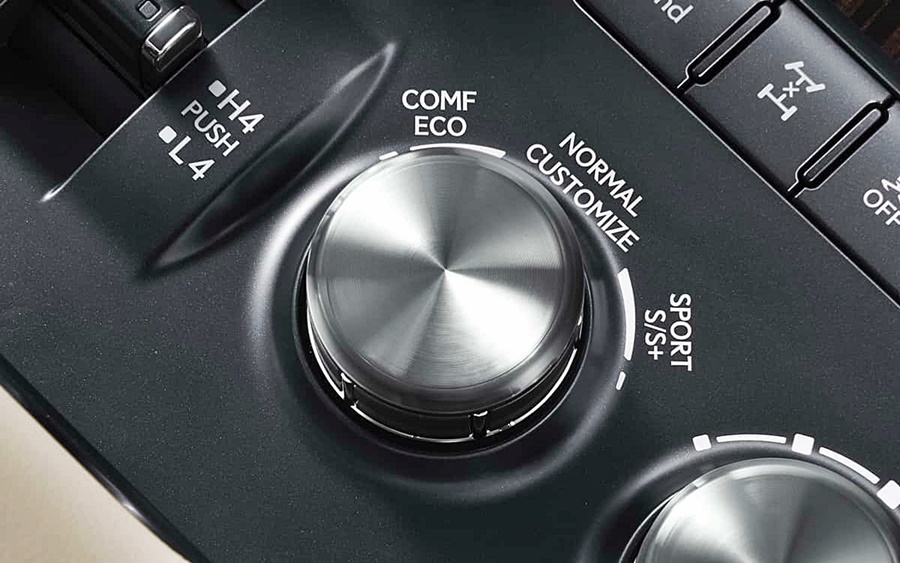
With the LX 570 Sport, there is also a Front Performance Damper. This additional accessory enhances body rigidity for better handling and stability without sacrifice to the overall comfort of the vehicle. The Adaptive Variable Suspension adjusts the ride according to terrain and has four electronically-controlled off-road modes.
Lexus Safety System Plus
The LX 570 has Lexus Safety System Plus (LSS+) as standard and the active safety features now included as standard include Pre-Collision System (PCS), Dynamic Radar Cruise Control, and Lane Departure Alert (LDA).

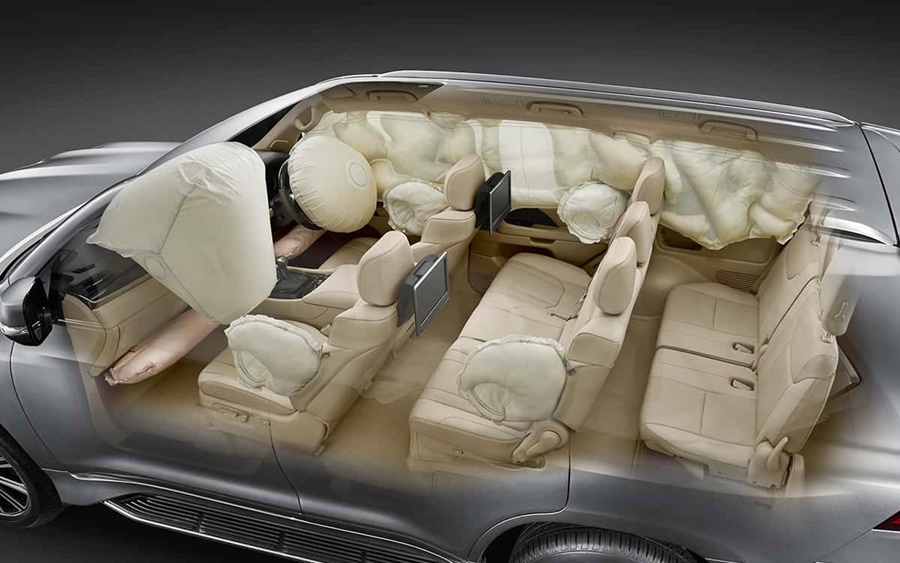
“The Lexus LX 570 is truly an understated SUV. It is impressive in every aspect of its capability, be it as a people-mover, rugged explorer, safe tourer or a luxurious city dweller. It performs remarkably well everywhere and does it with the true finesse of a Lexus product,” said the President of Lexus Malaysia, Ravindran K.
Click here for other news and articles about Lexus.
